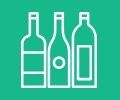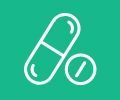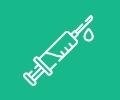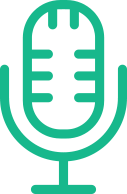
Experts have shown that addiction is a disease. It changes the way your brain functions and erases your ability to make rational decisions about using the substance. And because of the diminished return of many intoxicating substances, which is the reason why you must take more and more of a particular substance to experience the same feeling or results as before, untreated addictions are likely to grow worse over time. This holds true for healthcare professions at all levels, regardless of their knowledge of the medical field and amount of academic training. Just like anyone else, they may need help facing and battling their addictions.
Professionals may be hesitant to disclose information about their addiction or substance abuse out of fear of losing the ability to prescribe or administer narcotics or controlled substances. Depending on a professional’s job, this could ultimately limit their ability to work in certain areas of the field, especially where highly regulated medications are readily available, such as an intensive care unit.
Despite these potential consequences, it is still best for you, your family, coworkers, and patients that you seek the proper medical assistance for any form of substance abuse or addictions that you may have.












